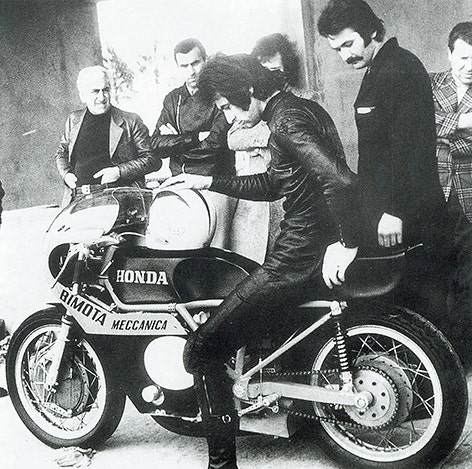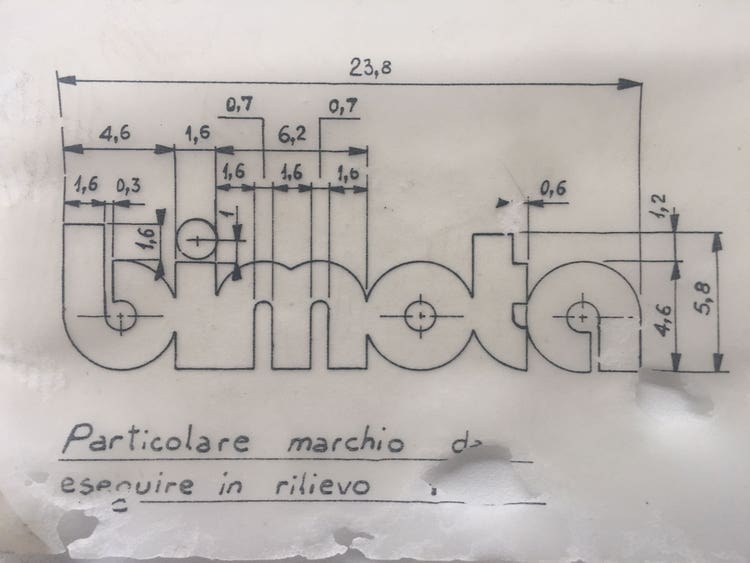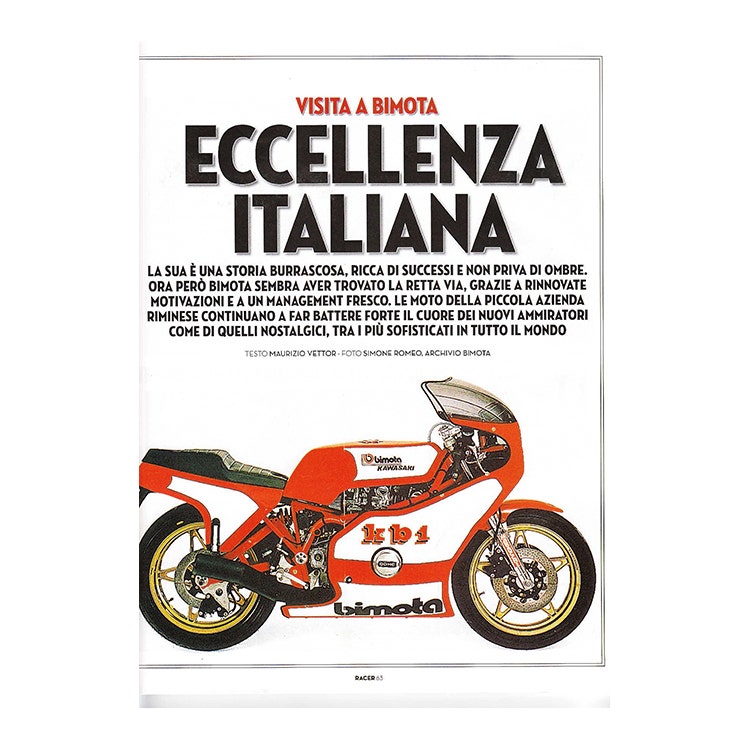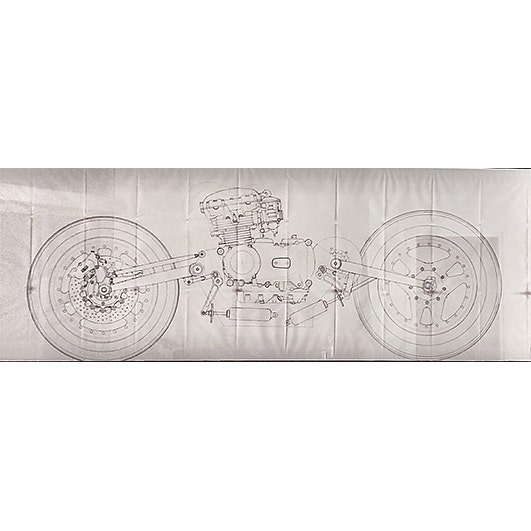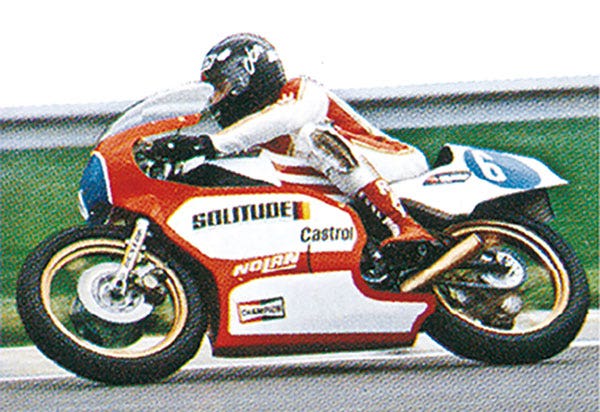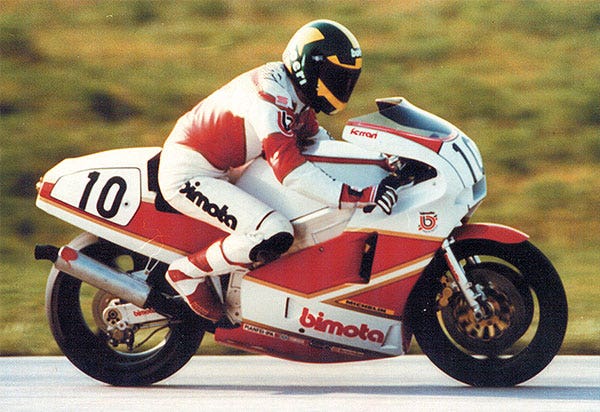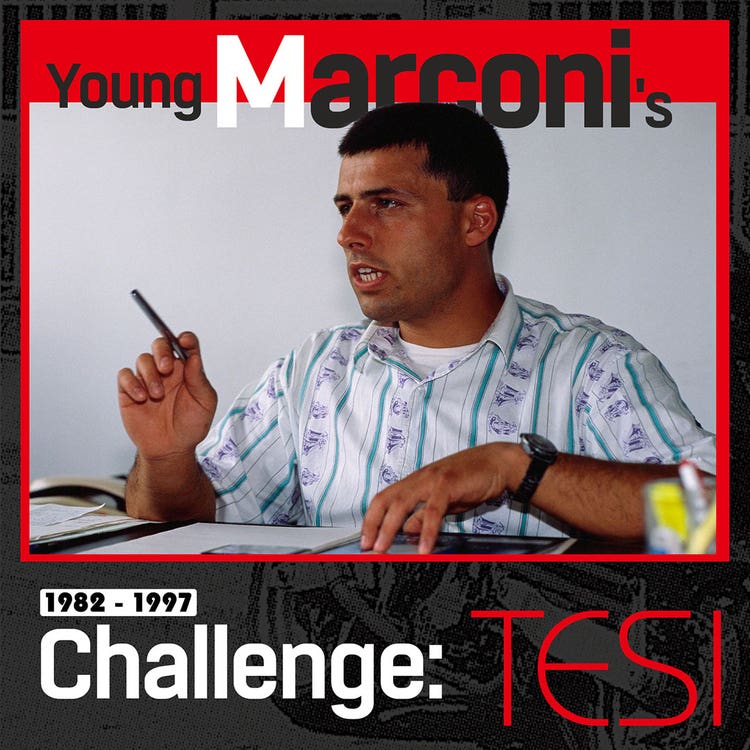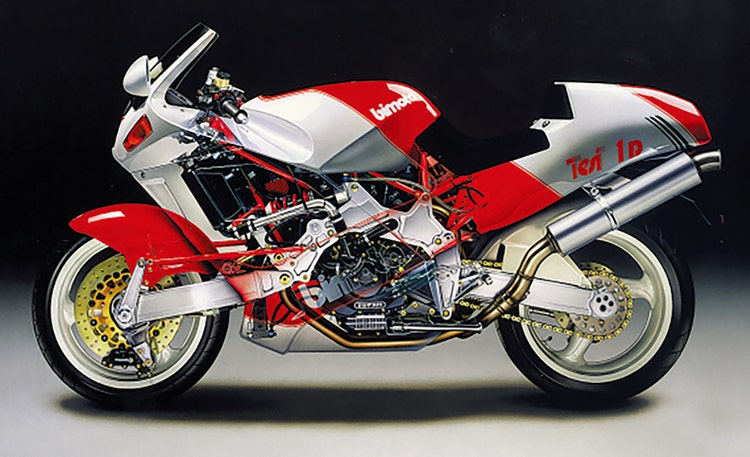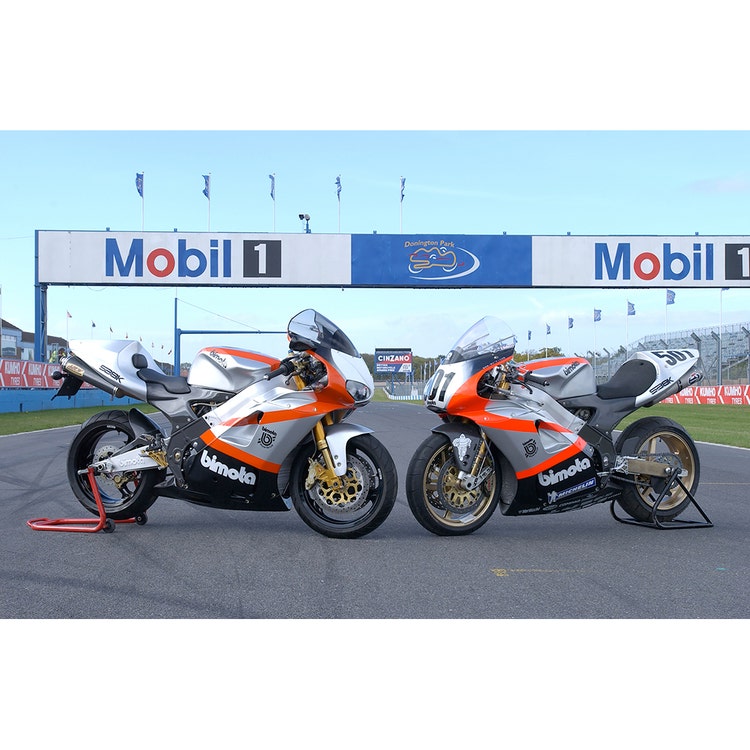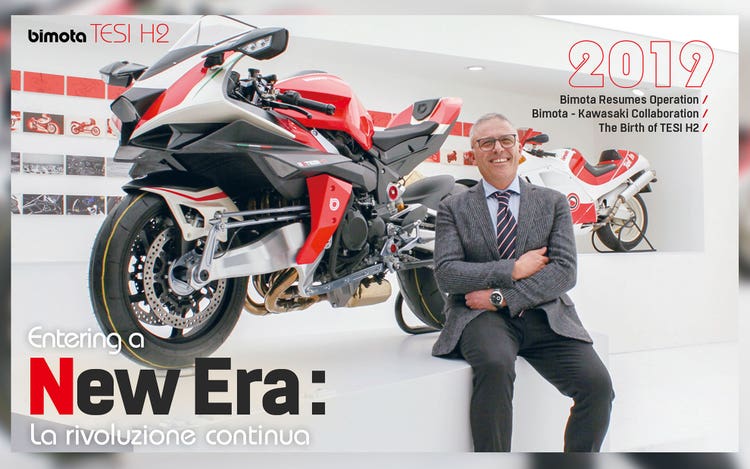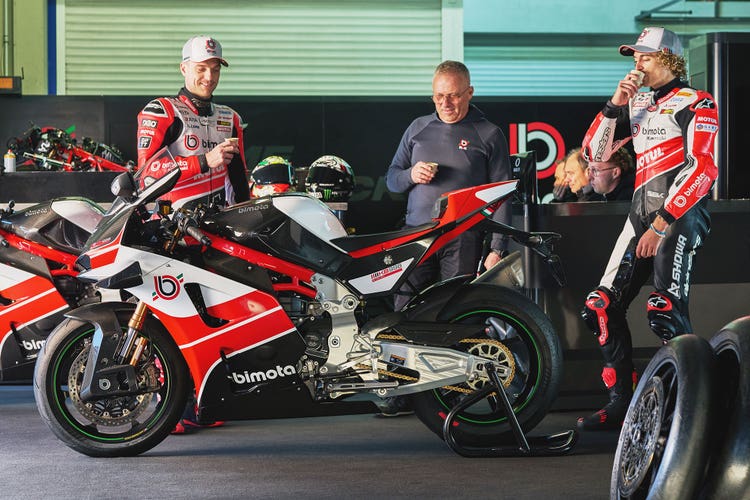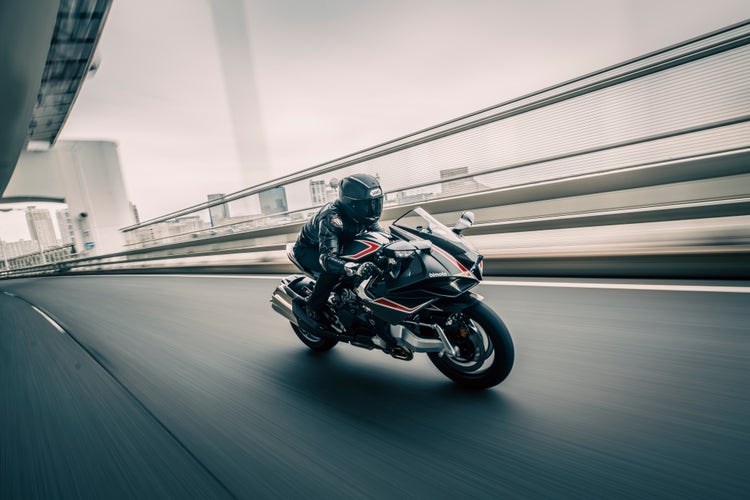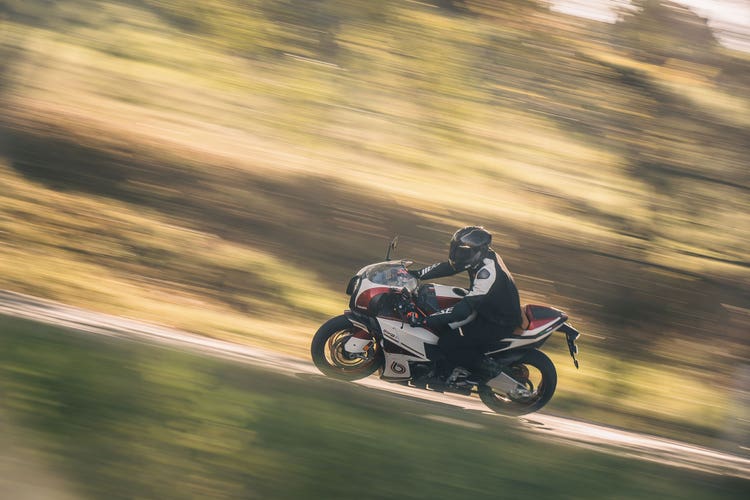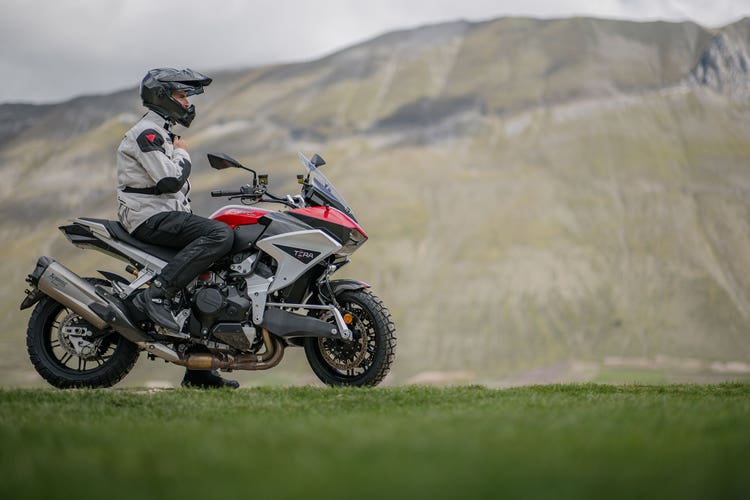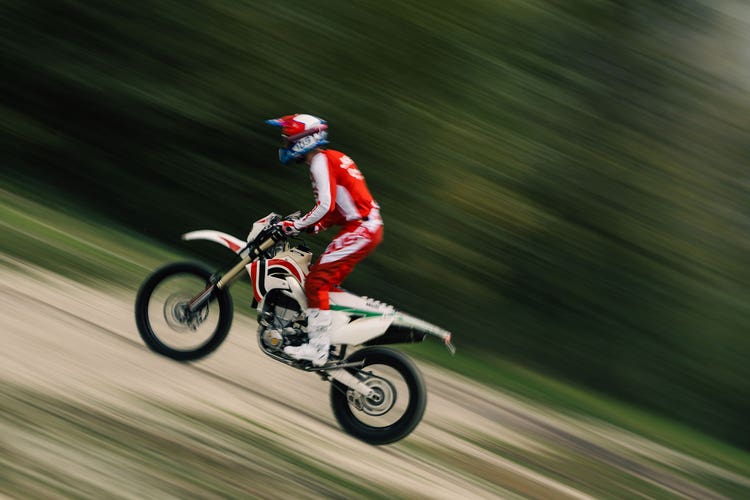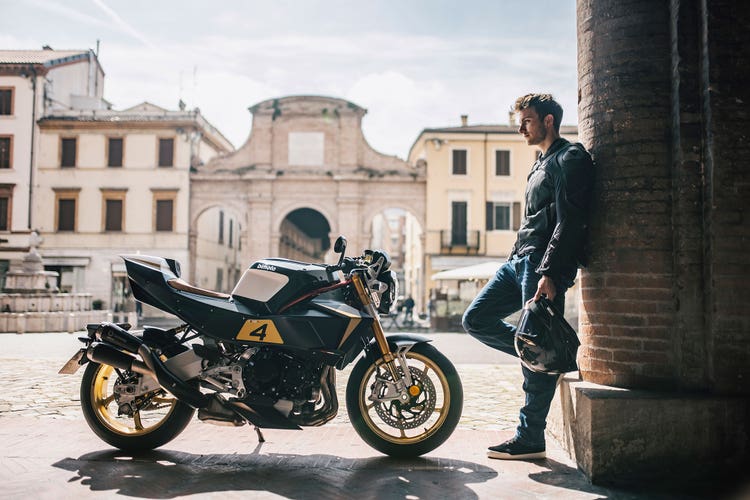Shocking the World with Two-Wheeled Masterworks
When the inseparable combination of fervent passion and undisputed technical ability came together, the resultant motorcycling concept took the entire motorcycling world by surprise. It featured meticulous attention to detail and exquisite workmanship. A “sculptural” design approach paired with advanced engineering. A highly personalised approach that led to an almost tailor-made level of craftmanship. Components that enthusiasts could only have dreamt of previously.
The unique result – the ultimate blend of sophistication and high performance – quickly caught the attention of the media and riders alike.
In 1973, motorcycle enthusiasts were treated to a design and engineering feat unlike anything they had ever seen.
